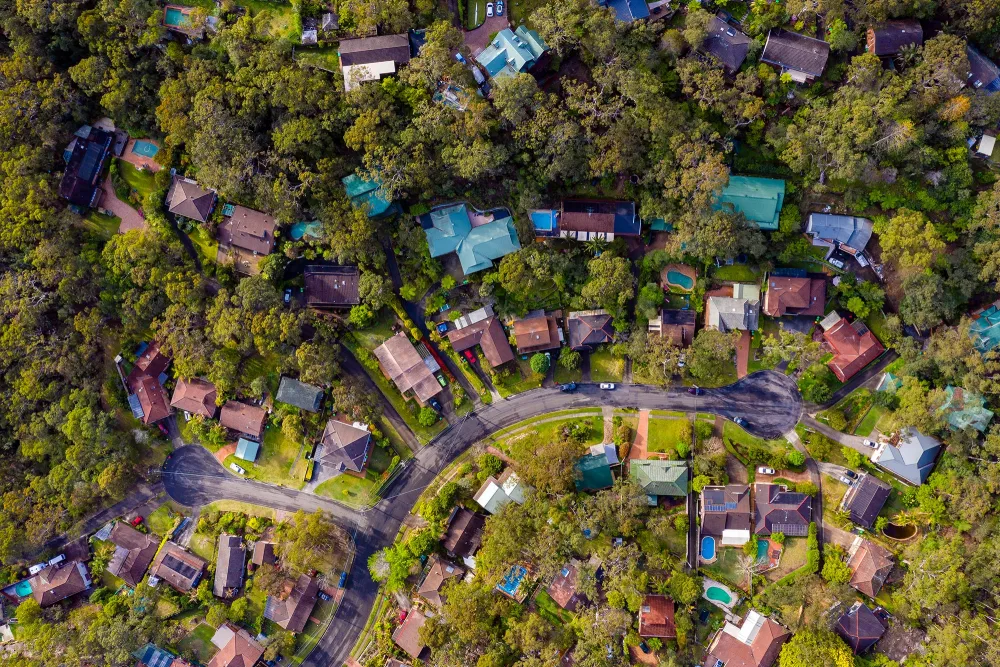The Arbor Day Foundation is pledging 10 million trees to areas impacted by hurricanes Helene, Milton Help us replant
Bulletin
The Economics of Urban Forestry
The benefits of urban trees have been quantified in numerous ways in recent years. A recent study provides important information about yet another contribution that tree planting and care provides for America.

We all know intuitively that trees in our communities are economically important. But just how important?
To answer this question, the Arbor Day Foundation, in cooperation with the USDA Forest Service, contracted with the College of Business at the University of Nebraska–Lincoln to conduct a formal, nationwide study of this aspect of urban and community forestry.
The 2021 study was conducted by researchers Drs. Eric Thompson, Mitch Herian, and David Rosenbaum. All 50 states and the District of Columbia are included, and the goal is to help determine what economists call the economic footprint of both the private and public sectors involved in urban forestry. For purposes of this project, urban forestry is defined as “growing, planting, maintaining, removing, disposing, and studying trees that are usually located in cities, towns, and other human settlements and that are used primarily to meet needs and enable activities of people.” Data used in the study are from the 2017 Economic Census conducted by the U.S. Department of Commerce, the most recent data available at the time of analysis, and information compiled by the Arbor Day Foundation from participants in the Tree City USA®, Tree Campus® Higher Education, and Tree Line USA® programs. These data are supplemented with surveys of non-participating cities, campuses, and companies. Consistent, industry-accepted methodology provides the advantage of enabling replication by future researchers to track the growth of urban forestry and its impacts.
The study also includes a section called Quality-of-Life Benefits. This will be of special interest to homeowners because it highlights how landscape trees affect property values. All in all, this new package of information will be a useful addition in the arsenal of tree board members and others who often must defend the importance of landscape trees.
In This Bulletin
Here’s what’s inside:
- The National Perspective – how economic benefits spread across the country
- Economic Benefits State by State – a breakdown of regional impact
- More on Economic Benefits – trees as an investment for individuals and communities
- Beneficiaries – The Bottom Line – the stories of those who benefit

